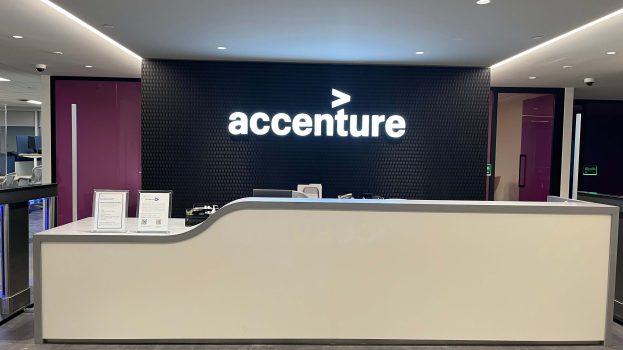Letting your product be sampled, or making it available for purchase at Costco, are two of the best things a brand can do to create trust with consumers, according to the latest insights from market research consultancy IMI.
IMI latest report dove into the big things that impact brand trust, through a survey of 900 Canadian consumers.
It revealed that 33% of respondents trust a brand more when they see it available for sampling. Also, being sold at Costco drives trust up for 30% of consumers, while simply being in stock makes 27% of consumers trust a brand more. Being in Walmart drives trust higher by 22%, tied with Costco’s online available, both of which are a hair above being in an aisle display at 21%.
“Sampling makes a person trust a brand more, it’s an experience,” according to Vanessa Toperczer, SVP at IMI. “Giving someone an experience helps increase the trust of that brand, so long as you can deliver.”
A key difference between Canadians and Americans is the relative level of trust our cousins south of the border place in retailers like Walmart and Amazon, as well as on TV commercials too. While they are trust drivers in the U.S., in Canada, neither TV advertising or availability through Amazon crack the top five trust drivers.
The data also reveals that, conversely, a presence on Facebook, Instagram and TikTok lessens brand trust for 38%, 33% and 33% of Canadians, respectively. These platforms even diminish brand trust more than a consumer seeing the product in the bathroom of a restaurant, or even in a pawn shop.
Globally, trust is a huge weekly purchase driver. In its July survey of 140,000 consumers in Canada, the U.S., U.K. and Australia, IMI insights reveal that among 102 tactics and factors that could drive purchase, trust ranks 3rd in Canada, where 71% of respondents have purchased a good or service because of it.
Toperczer notes that, on the other side of the equation, 87% of North Americans named one or more brands they’ve lost trust in recently.
“No category is special,” she says.
Also, she admits there is a subset of people who will always maintain skepticism about a brand. In fact, according to IMI insights, 31% of people under 34 report “never” trusting a brand. And on average, according to the data, it takes about four years to build trust with this demo.
Toperczer says that with 30% of people, you cannot regain trust once it’s lost. However, there are 65% you can get back, but it comes at a cost, like offering freebies or compensation to make it right. Another way to do it is by acknowledging a fix, being transparent, owning it, and being honest.
























